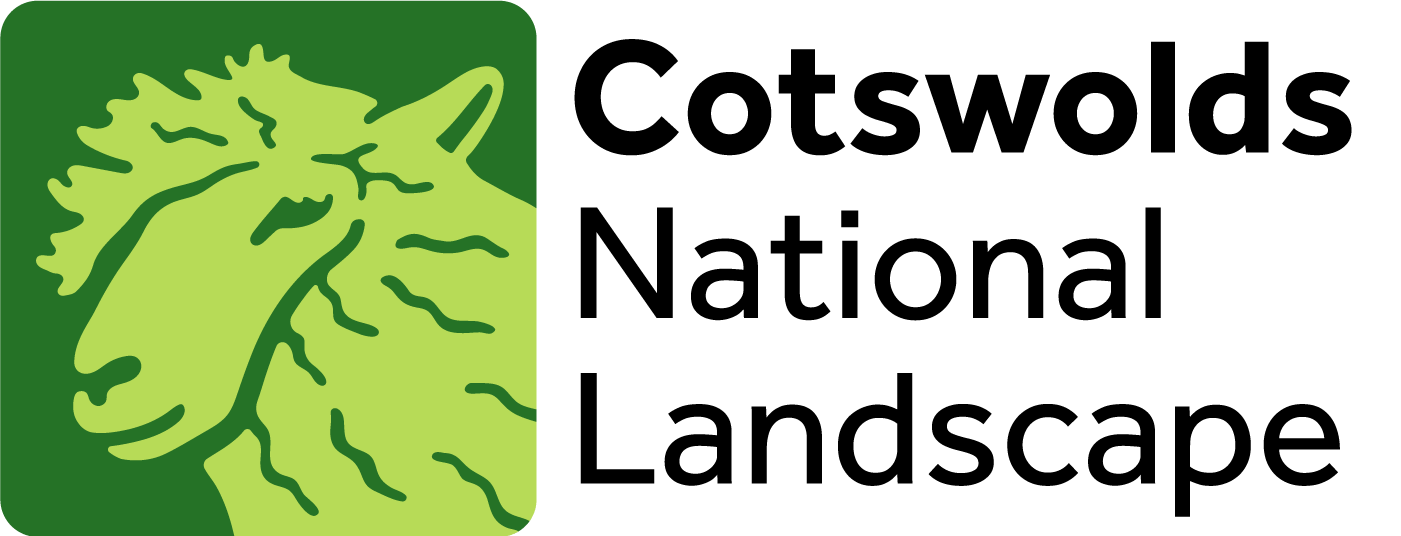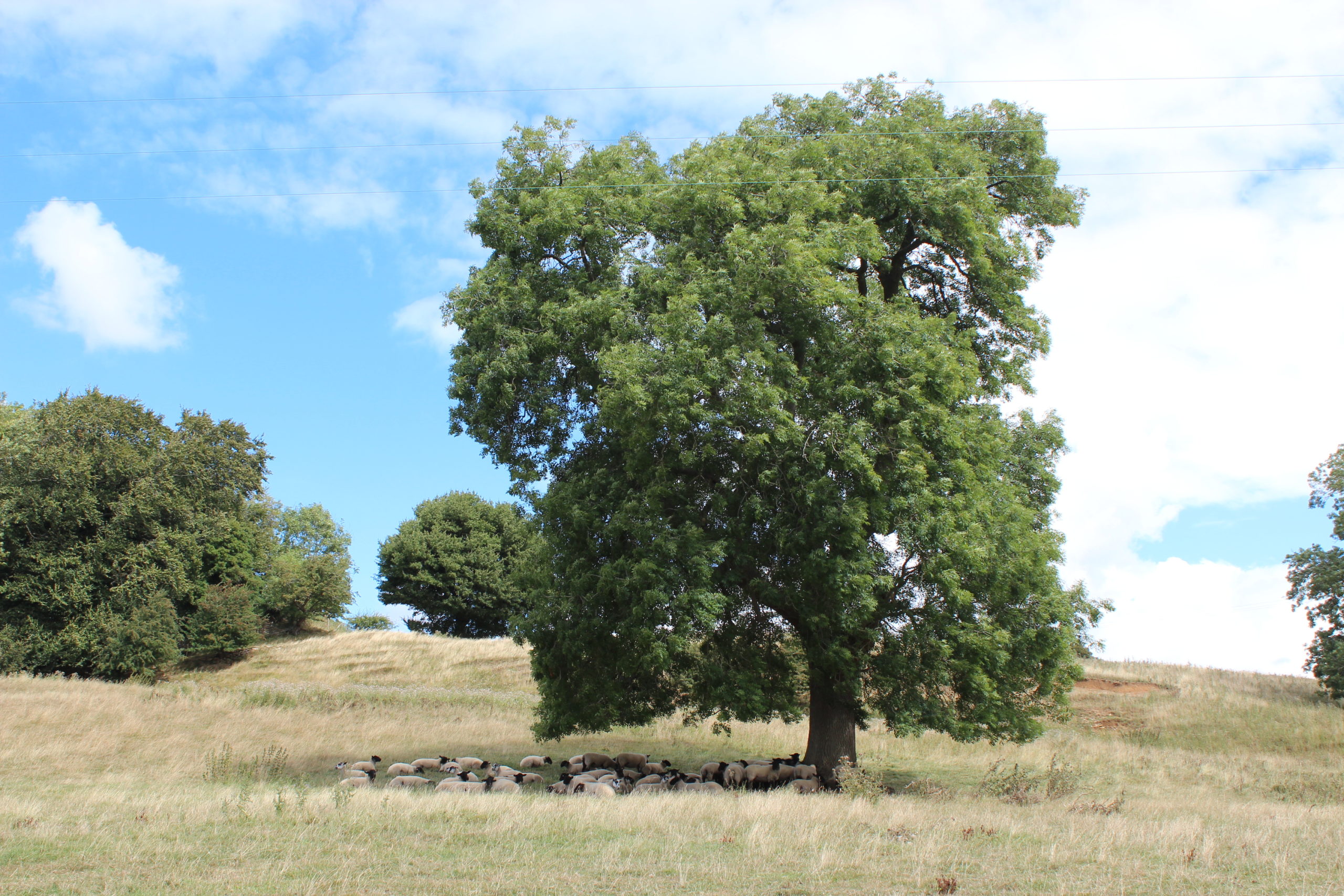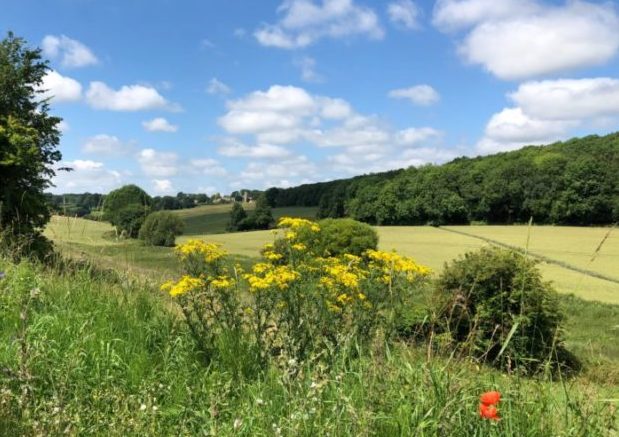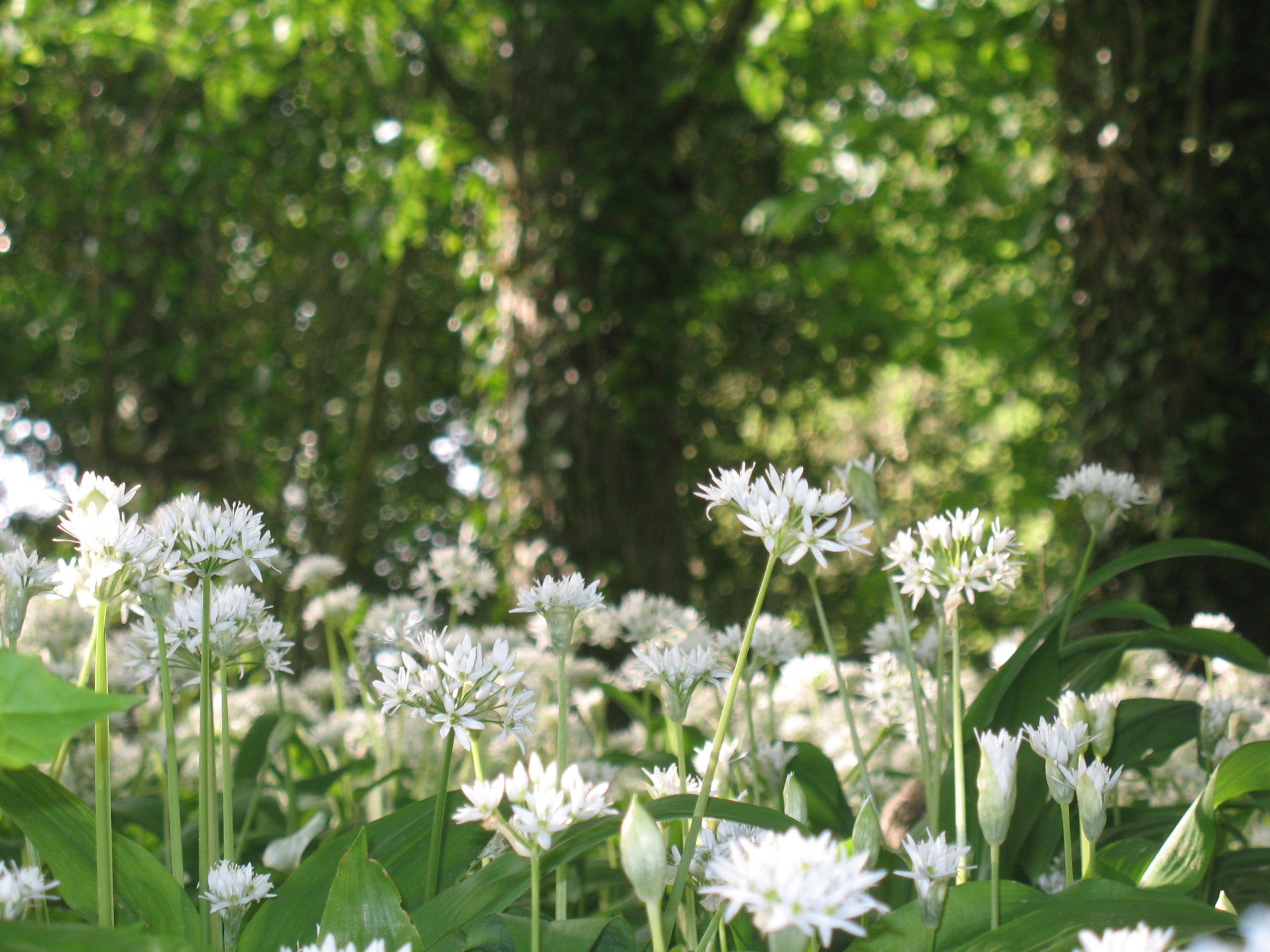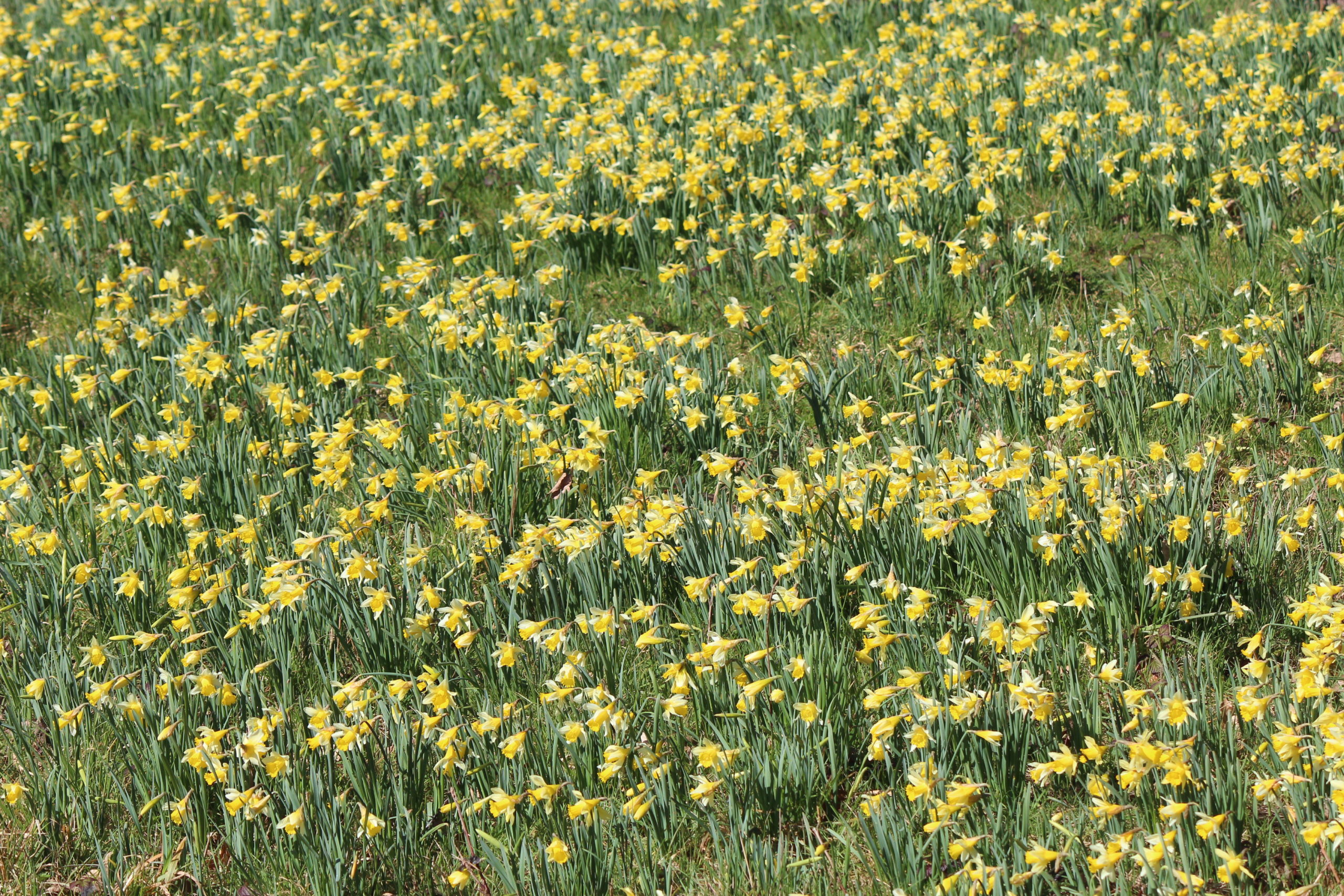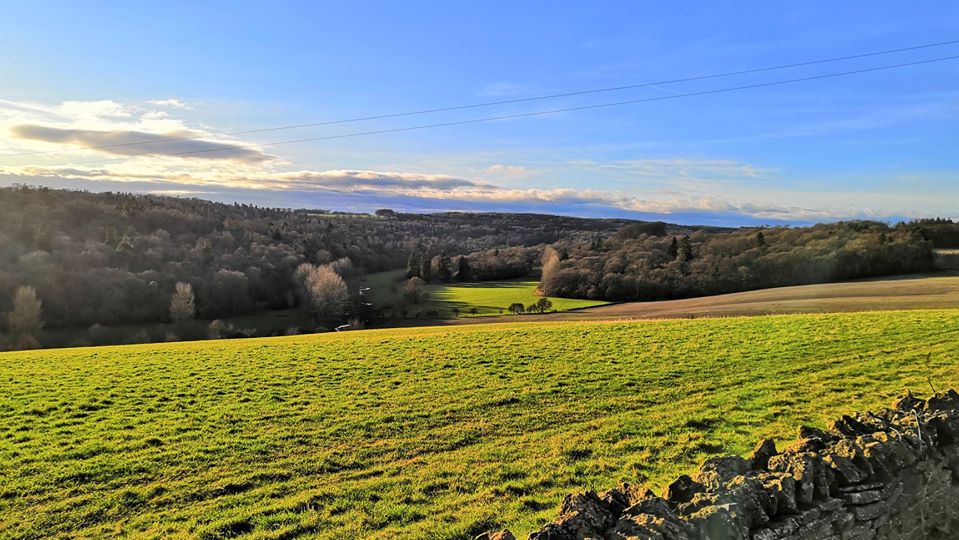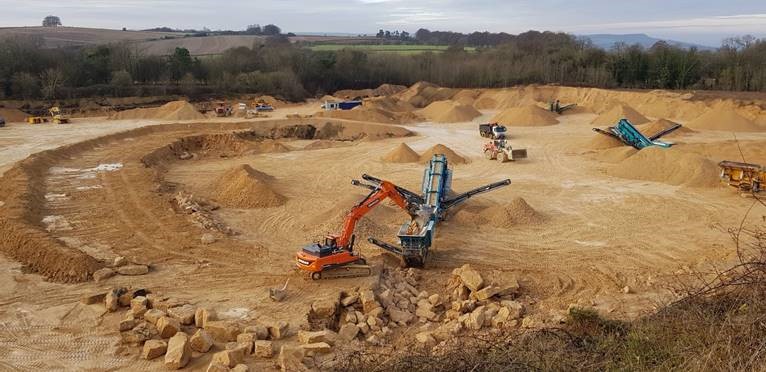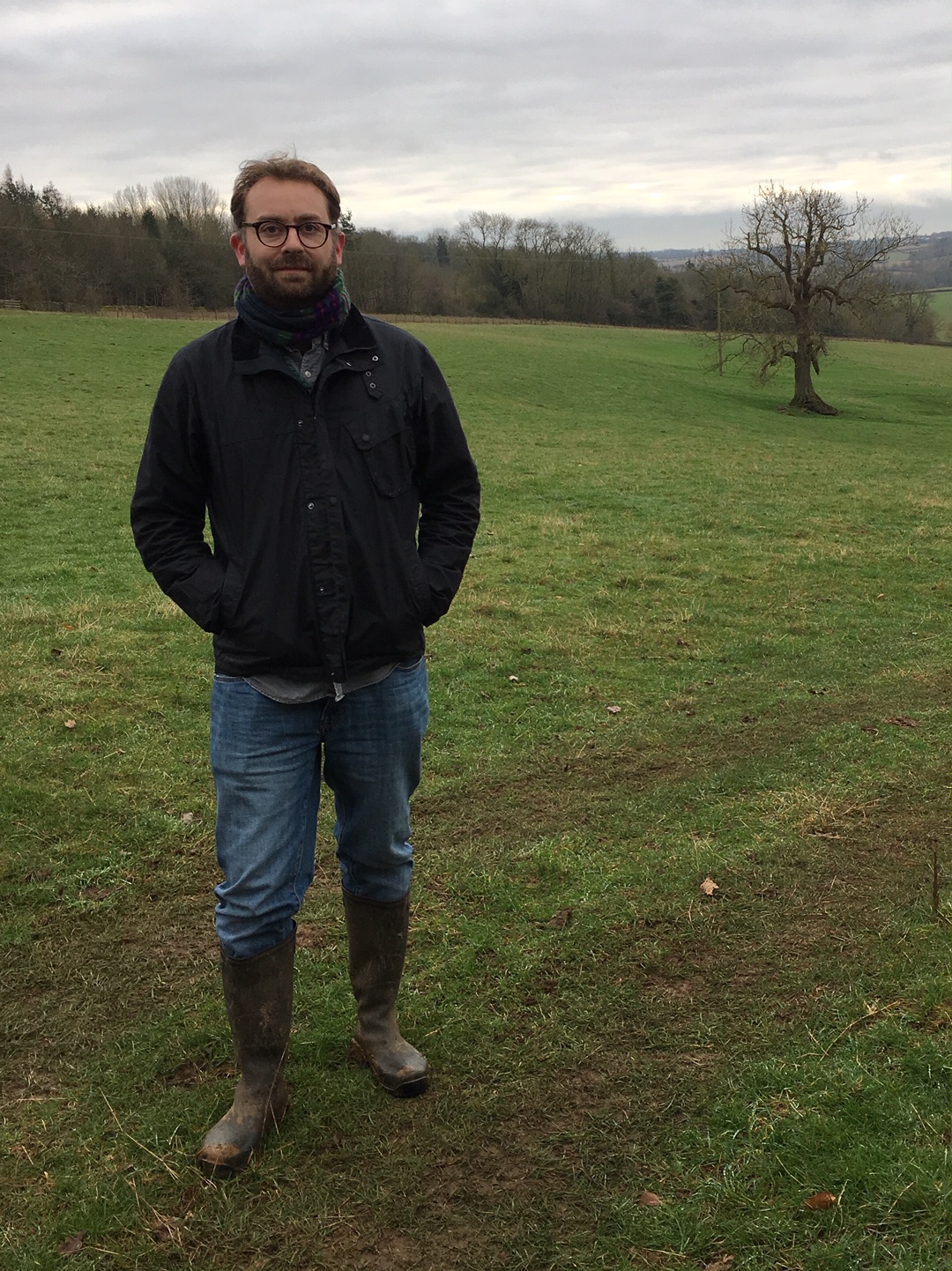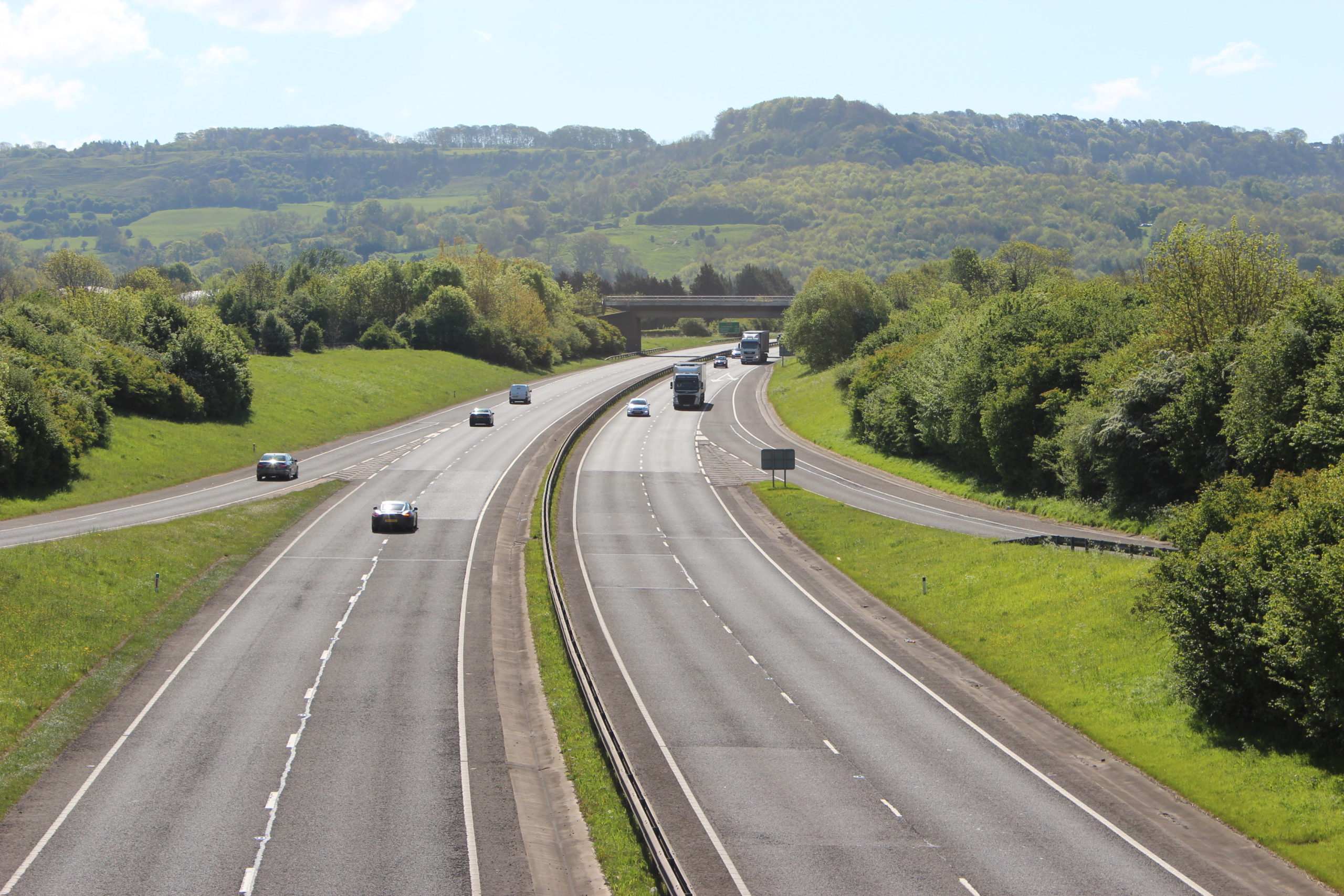
PRESS RELEASE REGARDING THE A417 ‘MISSING LINK’ ROAD SCHEME
From: Cotswolds Conservation Board, Gloucestershire Wildlife Trust, National Trust and Natural England
Highways England has announced its revisions to the A417 Missing Link road scheme, addressing some of the concerns raised in feedback during the October 2019 public consultation.
The Cotswolds Conservation Board, Gloucestershire Wildlife Trust, National Trust and Natural England are urging Highways England to use this opportunity to ensure the revised road scheme not only addresses safety and congestion issues but also brings the best outcomes for local communities and benefits the natural beauty, diverse wildlife and unique heritage of the Cotswolds Area of Outstanding National Beauty (AONB).
Each of the four organisations has proactively engaged with the scheme since it was first proposed and, although collaborative work has resulted in positive changes, there is now an opportunity to ensure the design of the new road meets the landscape-led vision, objectives and design principles that have been agreed by Highways England and other stakeholders, as well as the Government’s desire to ‘build better, build greener’.
The importance of nature and outdoor spaces to our health and wellbeing has become even clearer in recent months. So, it’s now more important than ever that we work hard to safeguard opportunities for everyone to explore and enjoy the countryside. This is a special environment that deserves protection. The organisations would like to see the following improvements:
1. People – as well as creating a safer, less congested route, people should have more opportunity to explore and enjoy this outstanding landscape, its ecology and heritage. Existing footpaths and rights of way must be improved so they are accessible for all and new recreational opportunities developed for local communities and visitors.
2. Landscape – to achieve the landscape-led vision, the revised scheme should include mitigation to minimise the adverse impact of new infrastructure, reverse biodiversity net loss, and strengthen landscape connectivity. Equal care should be paid to mitigation measures as to planning requirements.
3. Wildlife – Highways England should maximise opportunities for nature to thrive. Protecting irreplaceable habitats and providing relevant connections so that species can travel across the landscape will avoid negative impacts on biodiversity, strengthen ecological resilience and enhance the special environment of the Cotswolds AONB. Gloucestershire’s economy and people’s quality of life depends upon the health of its natural assets and yet they are declining at unprecedented rate.
The Cotswolds Conservation Board, Gloucestershire Wildlife Trust, National Trust and Natural England, alongside other key stakeholders, are all eager to help Highways England continue to seek the best way to deliver a landscape-led scheme that leaves a positive legacy for future generations, the landscape, wildlife and heritage.
This is a once in a generation opportunity to resolve the challenges of the present road and protect the environment within which it sits. Further collaborative thinking and a true commitment to ‘build greener’ will ensure that the huge potential here can be fully realised.
ENDS
Background Information:
Information about the A417 ‘Missing Link’ scheme can be found on Highways England’s website.
Cotswolds Conservation Board:
The Cotswolds was designated an Area of Outstanding Natural Beauty (AONB) in 1966 in recognition of its rich, diverse and high-quality landscape. The Cotswolds AONB is looked after by the Cotswolds Conservation Board – an independent organisation established in 2004 which has 37 members – 15 nominated by local authorities, 8 by parish councils and 14 appointed by the Secretary of State. The Cotswolds is the third largest protected landscape in England after the Lake District and Yorkshire Dales National Parks and represents 10% of the total AONB area in the UK. It covers 2,038 square kilometres (790 square miles), stretching from Warwickshire and Worcestershire in the north, through Gloucestershire and Oxfordshire, down to Bath and Wiltshire in the south.
Gloucestershire Wildlife Trust:
Gloucestershire Wildlife Trust (GWT) works closely with local communities, landowners and partners to deliver much-needed conservation work across more than 1000 hectares of nature reserves, and within the wider landscape of Gloucestershire. This vital work safeguards these remaining special wild places and drives nature’s recovery, working towards a future where the countryside thrives once more with wildlife, wildflowers, trees, butterflies, insects and animals. The charity also delivers a vast range of events and projects across the county, as well as providing free public access to its nature reserves, enabling people from all backgrounds to spend time outdoors and get closer to nature.
National Trust:
The National Trust is a conservation charity founded in 1895 by three people who saw the importance of our nation’s heritage and open spaces and wanted to preserve them for everyone to enjoy. Entirely independent of Government, the National Trust looks after more than 250,000 hectares of countryside, 778 miles of coastline and
hundreds of special places across England, Wales and Northern Ireland. The National Trust works in partnership with Gloucestershire Wildlife Trust to look after and protect Crickley Hill, its archaeology, limestone grassland, ancient woodland and diverse wildlife.
Natural England:
Established in 2006, Natural England is the government’s independent adviser on the natural environment. Our work is focused on enhancing England’s wildlife and landscapes and maximising the benefits they bring to the public.
For further press information and images please contact:
Cotswolds Conservation Board – Alana.Hopkins@cotswolds-nl.org.uk
Gloucestershire Wildlife Trust – tessa.hirst@gloucestershirewildlifetrust.co.uk
National Trust – Sue.Wharmby@nationaltrust.org.uk
Natural England – peter.w.loat@naturalengand.org.uk
